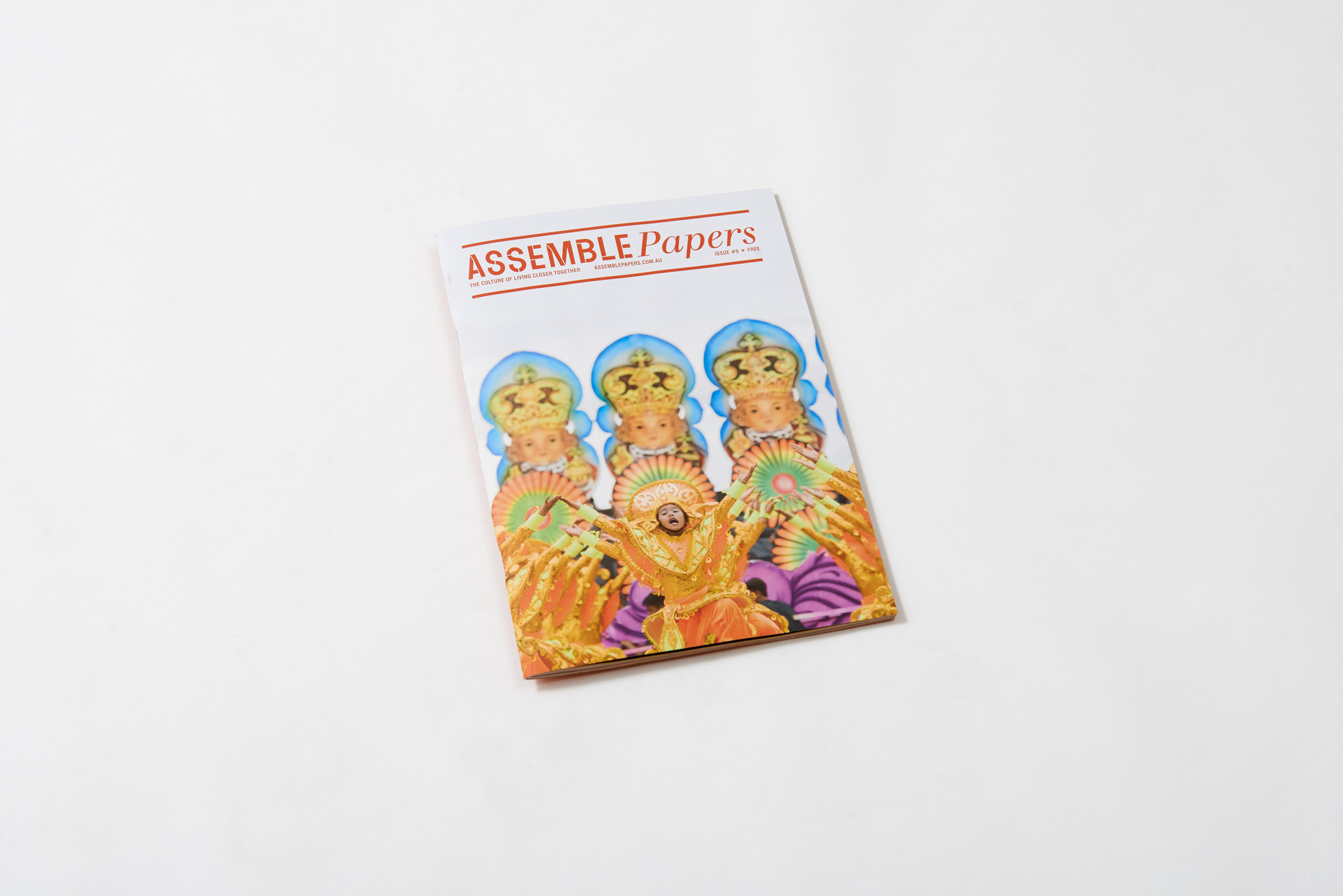Radical Family

“What is a family? Is it just a genetic chain, parents and offspring, people like me? Or is it a social construct, an economic unit, optimal for child rearing and divisions of labor? Or is it something else entirely: a store of shared memories, say? An ambit of love? A reach across the void? I could list various possibilities. But I’d never arrived at a definite answer…”
– Barack Obama, Dreams from My Father
As feminists, we at Assemble Papers spend a lot of time thinking about the enabling and constricting structures of family. These structures are given physical shape in our built environment, which we create, as the 1980s feminist architect group The Matrix wrote, “in accordance with a set of ideas about how society works, who does what and who goes where”. We build the city in the image of the society we assume. The design of suburbia rests on the assumption of a self-sufficient nuclear family and a stay-at-home mother. On the other hand, childcare centres, kindergartens, nursing homes, communal living, shared laundries, chore wheels, playgrounds – this is the infrastructure that liberates women and makes caring a collective effort.
As Australian cities accept apartments in ever greater numbers, we thought it was time to query our assumptions about ‘who goes where’. Living closer to each other suggests a tighter, more elegant puzzle – of ages, of relationships, of interdependencies. We did not foresee that, as we were commencing our research, we would suddenly be asked to cast a vote on other people’s families. Though ugly, demeaning and unnecessary, the Australian postal survey on marriage equality painted rainbows on shopfronts and drew us into conversations we had never had before. And it brought us legal recognition of same-sex marriage, an implied recognition that family, one of the most fundamental human organisational systems, is also one of the most fluid and changeable.
Deeply informed by this event, this issue of Assemble Papers became a celebration of difference, and of the courage and imagination that underpins every chosen family.
Resources can be pooled. Caring work can be re-divided. Children can be given pride of place in public space. A diverse city is a more imaginative city. And an architecture of openness is a better architecture.